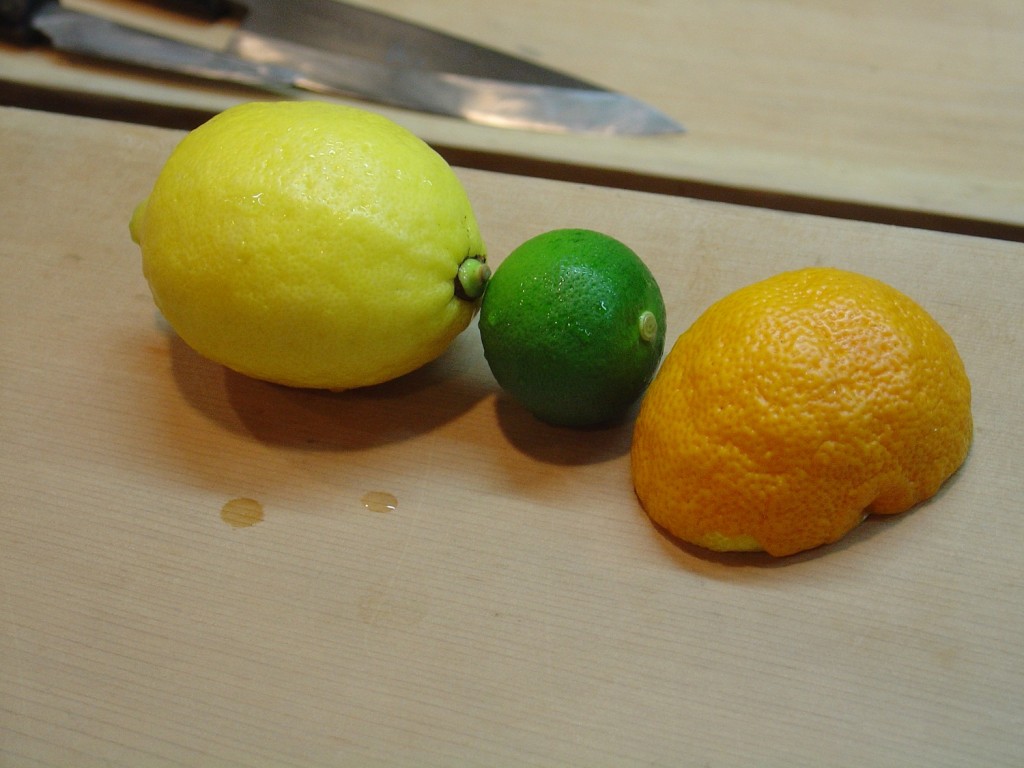Riesling is rightly regarded as an aromatic white wine, and the most important aspect of its aroma is no less rightly described described as being fruity. That’s nothing new. A century ago the leading experts described Riesling as being the most noble of the aromatic white wine grapes, and top quality wines from the grape were even occasionally criticized for being too extravagantly aromatic. That’s something I’ve also heard a few times during the last years, and if that sounds to you like saying they’re “too sexy”, then you’ve spotted exactly what the issue some “sophisticated” wine people have with Riesling really is.
The chance to taste century old Riesling masterpieces next to the best wines being made from the grape today may be very rare, but from my experience (I was very lucky a couple of times during the last years) it confirms that jaw-dropping aromas is an integral part of the personality of great Riesling past and present. The bouquet of a great Riesling can dissolve time and make decades seem like a detail (see yesterday’s story for an explanation of how the sense of smell works with human memory to make this possible)
Of course, that’s something extraordinary, but when you try to define what the typical Riesling aroma is, then you quickly run off the road and into the wilderness. For example, in Europe it is frequently described as peachy , but in Australia it is generally regarded as limey. Even within one continent – let’s stick with Europe for a moment – there’s no simple answer, since in very cool winegrowing regions the typical Riesling aroma is appley instead of peachy. And that’s just the beginning, because there are certain niches like the Ruwer sub-region of the Mosel where the typical Riesling aroma is more blackcurranty. Almost all the books tell you that’s the signature aroma of Cabernet Sauvignon, one of the most important red wine grapes on Planet Wine!
Then when you try to make it easier to get to the bottom of the matter by concentrating upon the aromas of just one “classic” example of a high quality region from a long-established Riesling winegrowing region, you run into the next problem. Sure you can rather quickly identify one or two of the prime aromas and, for example, say that the wine smells like white peach, a very typical aroma for the best Rieslings from Washington State. However, the longer you study it the more obvious it becomes that the wine in your glass doesn’t only smell of white peach. Bite into a ripe white peach and this becomes even more glaringly obvious.
The bouquet of a good Riesling is like the Mona Lisa’s smile. It’s unforgettable, but also impossible to describe in a few words, or even lines. When I was at the famous Geisenheim wine school on the German Rhine for two semesters back in 2008/9 I learnt that a good wine has hundreds of different aromas, maybe even in excess of a thousand. There are grape varieties like Sauvignon Blanc or Cabernet Sauvignon which have one very dominant aroma component (in both cases it’s methoxypyrazines which give them their bell pepper and/or blackcurrant notes), which makes them intense but sometimes screamingly obvious. Then there are grapes like Pinot Noir and Riesling where you have an incredibly wide aroma spectrum. This makes their wines that are highly suggestive both for our memory and imagination, particularly if they have some bottle age.
As well as having a fruity aspect, a good Riesling will also have a combination of floral and/or herbal and/or spicy aromas. If the wine is young, then there will also be notes which a professional taster will immediately identify as coming from the yeast with which the wine fermented. These range from “flinty” to rubbery and are all very unfruity, which is just one of the paradoxical aspects of Riesling aromas. And although you can put a Riesling wine through a gas spectrometer that breaks down its bouquet into the individual components and you can identify many of these, the fact is that even two experienced professional tasters will describe it differently. Give the same two tasters the same wines blind the next day and their descriptions will be different again. Riesling is at once charming and sexy, yet hard to pin down and for this very reason fascinating.
That’s enough for one rainy New York night. The next installment begins with another paradox: Riesling is one of the most aromatically fruity wines (even when it’s bone dry), yet when you taste ripe Riesling grapes they don’t taste very fruity at all (although they do taste very sweet).


![120114_riesling_global_RZ [1600x1200]](http://www.stuartpigott.de/wp-content/uploads/2012/12/120114_riesling_global_RZ-1600x12007.jpg)